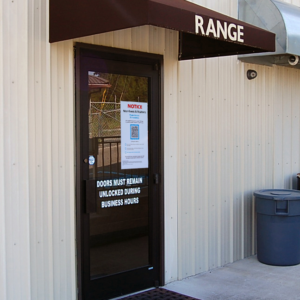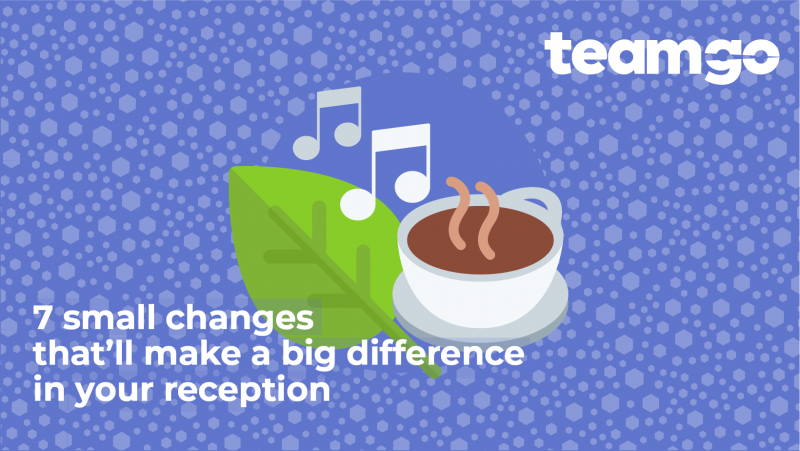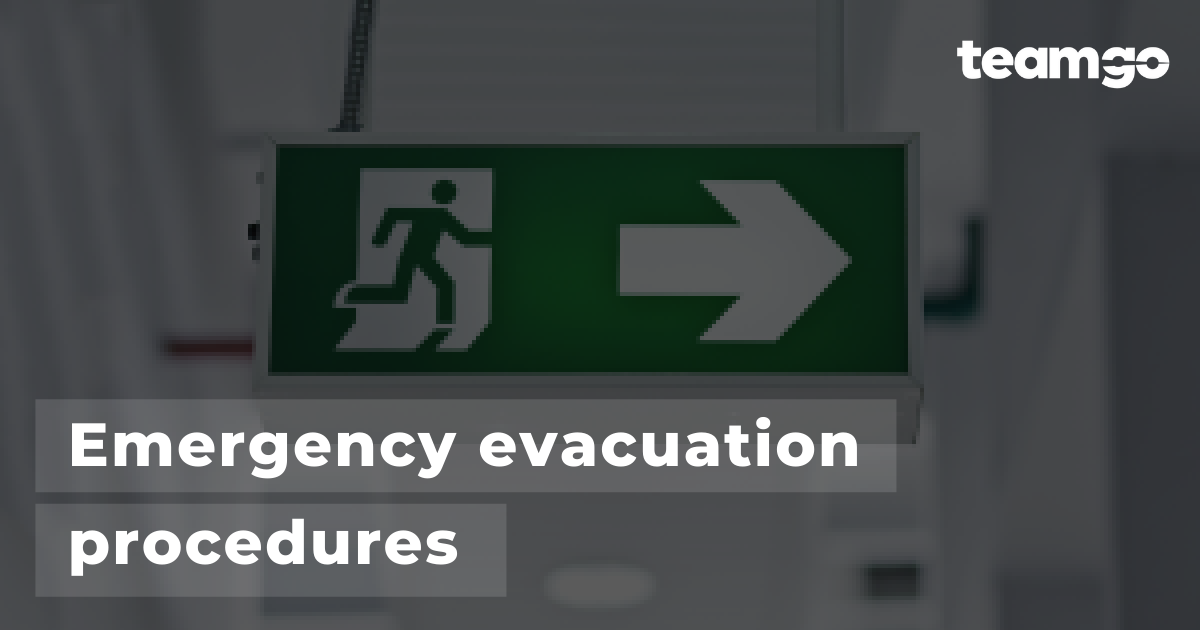In the last ten or so years we’ve seen a gigantic shift in the structure of the commercial real estate industry caused by the coworking space revolution. If you haven’t heard of coworking spaces before, you might be living under a rock because they have grown at a rate of 200% in the last five years. By definition, coworking spaces are “membership-based workspaces where diverse groups of freelancers, remote workers, independent professionals and companies work together in a shared, communal setting”. Here are some big names that might ring a bell: WeWork, Hub and Knotel.
Though it was only recently that coworking spaces experienced a major boom, this concept has been in the making for a while. The idea of a place where people who don’t necessarily work for the same company, could work together, first appeared in 1995. That was when Berlin’s C-base opened its Hackerspace, a community-oriented facility where like-minded people could meet to work. Hackerspaces were the predecessors of coworking spaces and it wasn’t until 1999 that the term “coworking” was coined by DeKoven.
From then on, the development of coworking as a viable and socially recognised way of conducting business was a slow burn, but it really caught fire in the 2010’s. Here are some stats that show that:
-Between 2013 and 2017, the number of coworking in Australia grew 297%.
-Just in the second half of 2018, a thousand new coworking spaces opened around the globe.
–The number of coworking spaces are forecasted to triple by 2030 in Australia.
This graph shows the growth of coworking spaces worldwide through the years:
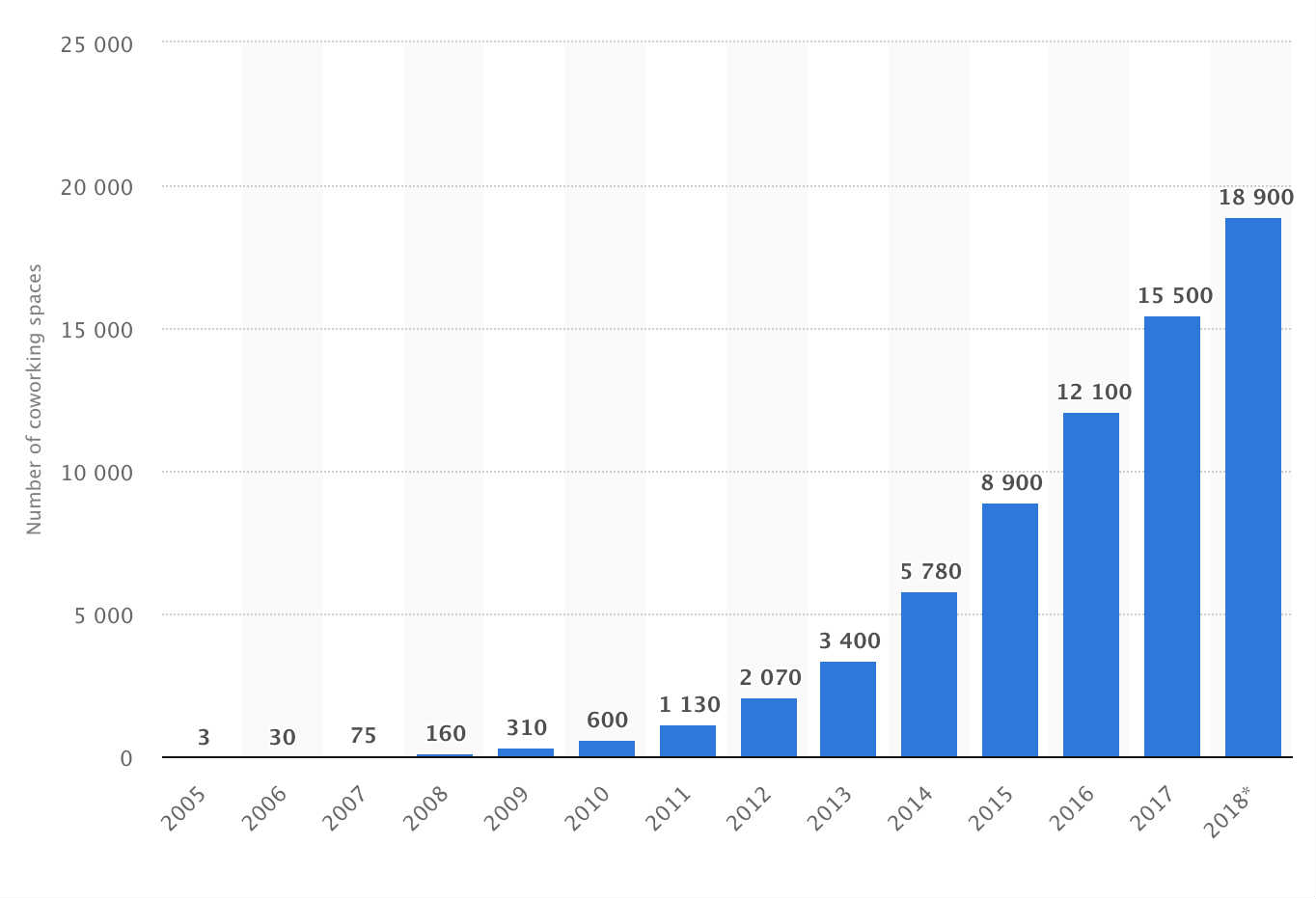
Source: https://www.statista.com/statistics/554273/number-of-coworking-spaces-worldwide/
It’s evident that the coworking craze really came to stay, and that’s great because they enable businesses to do more with much less. For example:
-help businesses reduce overhead costs
-give them the flexibility to rent offices as small or as large as they need for however long they want
-enable like minded people to network and collaborate.
However, coworking spaces are shared among several unrelated individuals working on different things. Therefore, there’s always a large flow of people in and out of the office, and you don’t always know who’s who. So, keeping track of who’s in and out the door becomes a central concern to their running.This is where visitor management systems come in.
As someone who’s worked in a coworking space before, I’d like to share a bit of my personal experience on how my life (and everyone else’s) could have been made easier with the help of a visitor management system.
Working at a communal space you see a myriad faces. They might be members coming in to work or they might be visitors such as family popping in to say hi, people coming in for meetings or couriers bringing your parcels. And when it comes to visitors, one thing is for sure. No matter who they are, they will always grab the first person they can lay their eyes on to ask for information. And that’s usually the person who sits by the door. In my case, that was me. So here are a few situations I encountered on a daily basis, which could have been easily avoided with a visitor management system, such as Teamgo:
1- “Excuse me. Where is company X’s office?”
Incoming visitors would approach me at my desk and ask me where company X, Y or Z’s office was located several times a day. Sometimes I had no idea what they were talking about. It might’ve been a been a new company who’s just moved in. But most of the time I would end up getting up from my desk and walking the visitor to their host’s office. It was a constant distraction that would slow down my work.
If a visitor management system were in place the visitor would have signed in at the kiosk. Their host would have been notified and come meet them at the door, avoiding the interruption and confusion.
2- “Hi. I’m here to see Y?”
Visitors would often come up to me and say “HI! I’m here to see Y? Do you know where I can find him/her?”. Now, if there’s one thing that you must know about me, reader, is that I am very bad with names. So my answer would invariably be “I’m sorry, I can’t help you. I don’t know who that is”. The visitor then would walk away from me to call their host (who sometimes wouldn’t pick up the phone) and ask to me met at door. They would then have to wait a couple of minutes with an awkward look on their face to get “picked up”.
Had there been a visitor management system in place, this is how things would have gone:
-Visitor arrived
-Visitor enters their details on the kiosk (or scans their QR code, if they’re been pre-registered)
-Visitor selects their host’s name on the screen
-Host gets notified
-Host greets the visitor at the door
This would have characterised a much more pleasant encounter for the visitor and made the host seem far more professional.
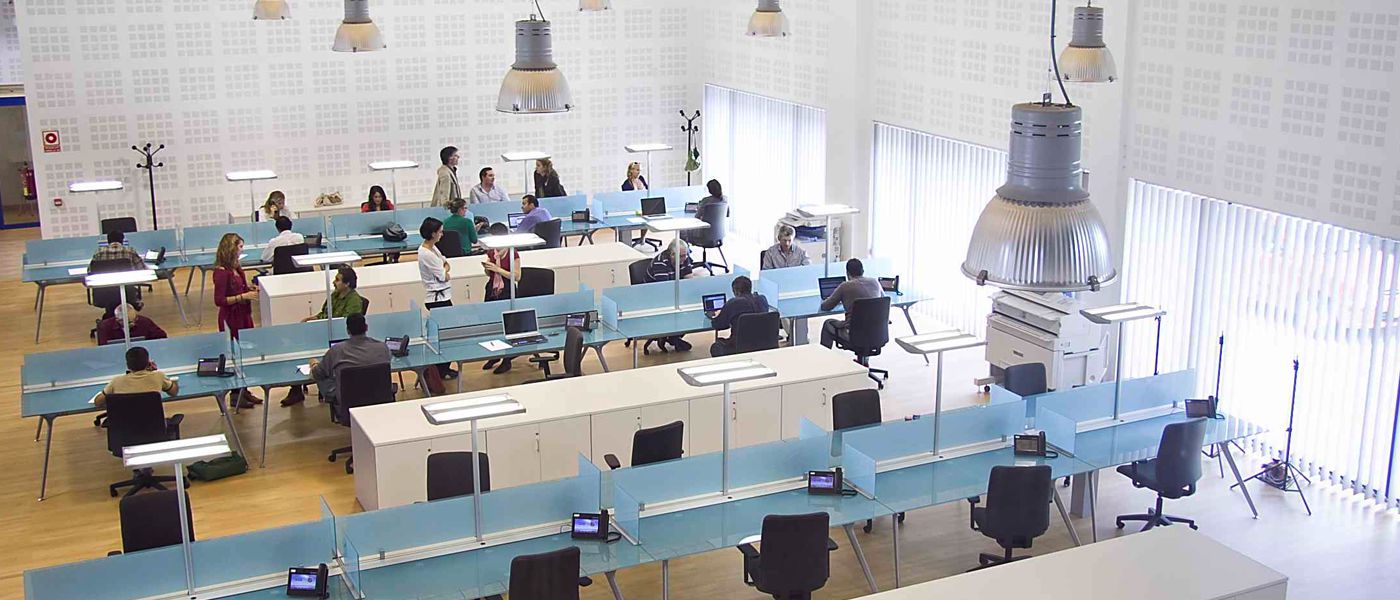
3- “Can you sign this delivery for me?”
Couriers would come and go all day long with packages for the tens of people in the office. As there usually is no mail room in coworking spaces, they had to ask around to find out where the recipient was located. Once I told a courier I didn’t know where that person could be found and he asked me to sign the proof of delivery anyway. That’s a big no no.
Most modern visitor management systems have a “delivery” flow. This option allows couriers to “check in” packages and select its recipient on the kiosk. The recipient would then be notified and come to the door to sign the proof of delivery and pick up the parcel. This could’ve spared many frustrations, disruptions and missing packages.
4- “Is there a fire in the building?”
One time, our fire alarm went off in the middle of the day. I looked around and everyone else seemed confused, no one knew what to do. We weren’t sure whether there was an actual incident in the building or whether it was just a maintenance test. It turned out to be a maintenance test, but if there was an actual fire no one would have moved.
Visitor management systems such as Teamgo are equipped with an emergency evacuation feature. This feature allows system administrators to alert all people present on site of emergency situations. With one click push notifications can be sent to everyone’s phones containing an evacuation plan. If we had a visitor management system, we could have been sure whether that was in fact a dangerous situation.
If you are thinking “I’ve been through that too”, here’s some more specific info on what a VMS can do for you:
Why coworking spaces?
-Security: coworking spaces are crowded with people who might not know each other. Make sure everyone present on site is an authorised individual.
-Compliance: coworking spaces must ensure all members and visitors are up to date with safety information and induction procedures, even with its high turnover. Teamgo can help you by making sure everyone signs digital induction forms on screen.
–Productivity: a diverse group of workers brings unnecessary distractions and confusion. Ensure your member’s ability to focus on their work.
-Internal Communication: Easily communicating with all people on site during an emergency situation is paramount.
-Visitor Experience: Confusion at the front door is surely not the ideal way to start off a meeting. Make a professional impression on your visitors.
Main features
-Efficient and easy visitor check-ins and tracking
-Customisable Offender Checks
-Customisable Visitor ID Badge with an expiry date
-Emergency Mass Alerts
-Induction and Policy Documents with Electronic Signature
-Location-based Web-Based Reporting
-Visitor Pre-registering
-Customisable Terminal Design and Visitor Badge
-Data Integration with different systems
-Data Security and GDPR Compliance
Do you want to know more about Teamgo for coworking spaces? Read this article.
Already convinced? Signed up for a free trial!


